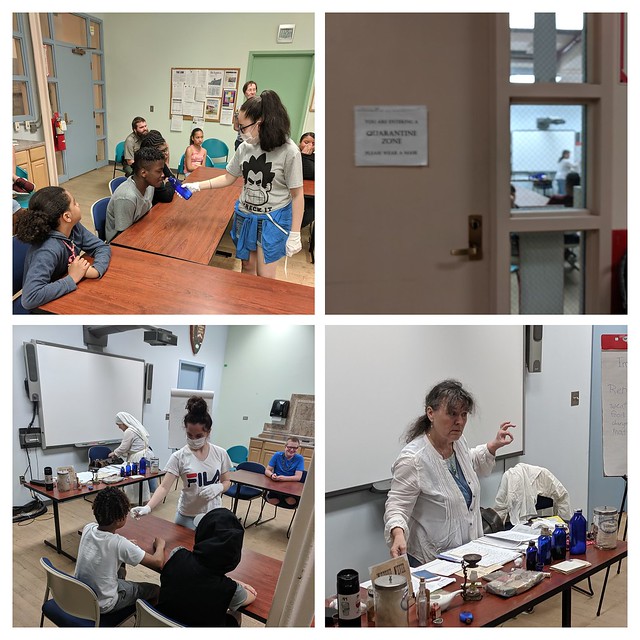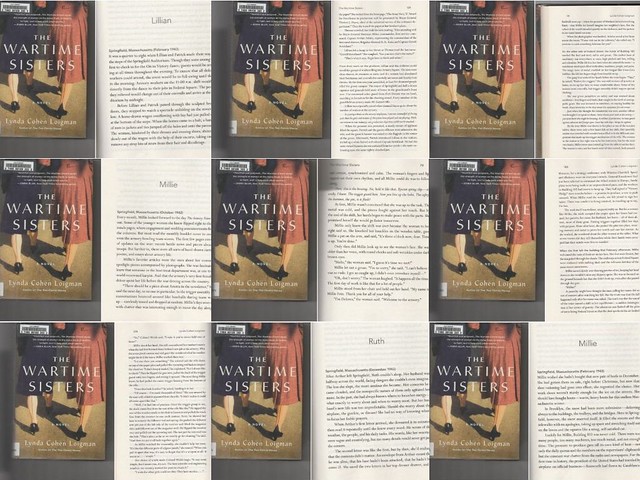
Oh my gosh. This whole concept just gets me thinking and dreaming of poetry. I wrote a poem nearly every morning (I do it over here) but these talented folks set up with typewriters and write for hours, as people come up and ask for a poem on a suggested topic. The poems are just marvelous and what’s missing with the book is the sound of the typewriters in action (there should be an audio file on the cover that you can push to listen as you read.)
Here’s a video of four hours of typewriting ..
Anyhoo … Typewriter Rodeo, the book, seeks to capture the experience of Typewriter Rodeo, the experience, where the four poets — Jodi Egerton, David Fruchter, Kari Anne Holt and Sean Petrie — set up at festivals, Maker Spaces, bars and restaurants, and special events, and write poemspoemspoemspoems for people, sometimes for hours. It seems like magic. (Special thanks to my friend, Mary Lee, for turning me on to Typewriter Rodeo)
The book collection here — Typewriter Rodeo: Real People, Real Stories, Custom Poems — is full of the poems written on the fly with little more than a word or phrase, and quick connection between poet and audience — or at least, the ones they have remembered to take a picture of before the poem leaves in the hands of the requester. The four writers tell stories of their experiences as poets-on-demand (“The mistakes are free” is one of my favorite mantras of theirs), and some of the poem recipients also share stories. In fact, what emerges is how many people are surprised at how deep the poetry goes, capturing their emotions and thinking in a way that no other writing-from-a-stranger can probably do.
The result is this beautiful, crazy collection of poems — heart-felt, deeply emotional, funny and insightful, and it makes me want to set up a typewriter on the neighborhood corner and write on request, as if I could pull that off. (Hey, maybe I could! You could, too!)
Peace (poems bring it on),
Kevin










